Next year could be a difficult one for Romania, from a macroeconomic point of view, in which the economy could register a slight growth of 0.5%, claims Adrian Codirlasu, president of CFA Romania.
"On the macro side, what do we expect? That next year will be a difficult year. Why? Because we see this budget deficit, which is sticky, difficult to reduce, which will probably require additional tax increases. But clearly, with such a deficit, the state cannot be a factor that boosts the economy, but on the contrary will try to take from the economy. If we also look at the Q2 data, GDP, what do we see? Gross value added in the economy has decreased and taxes have increased.
This has brought GDP to the plus side. So, somehow, the state will keep pulling from the economy and this has no way of helping economic growth. In this context, we expect this year to play at zero on the economic growth side, so GDP will revolve around zero. That it will be slightly plus or slightly minus, but still around zero. The risk is of downside, of recession and it is Just look at yesterday's consumption data, how negative it was. It's true, it's only the first month. Probably next month, maybe we'll have a slight correction, but please, we'll need a month or two to see if this is really the trend. "In July, if you saw, there was a slight increase in activity, but it was probably that increase in activity that indirect taxes were coming in August.
In August we saw the fall. It remains to be seen if that fall is just a one-off or is more permanent. If it is more permanent, clearly, it will affect economic growth. In this context, this year we are playing at 0 in GDP with the risk of recession. Next year, a slight increase, we would say maybe we are going towards 0.5% economic growth, and here the key to growing the economy are the European funds," said Adrian Codirlasu.
He specified that, if Romania decides to access European funds, it must take into account the fact that it takes between 6 and 9 months to effectively enter the economy. For this reason, the president of CFA Romania does not see a very strong resumption of economic growth, but a modest one, and the budget deficit is a brake on letting the Government help the economy.
"Inflation this year, we're playing at 10, we already see it's 10%, the inflation rate. Next year, probably in August, when the base effect from VAT and indirect taxes disappears, there may be a slight increase, but inflation will remain high," said Adrian Codirlasu.
Regarding the exchange rate, he said we could see continued depreciation in 2026.
According to the "FY2026 Macroeconomic Outlook" report, expectations regarding the euro/leu exchange rate for fiscal year 2026 are in the range of 5.15-5.20 lei per euro. A more pronounced depreciation may occur in a negative scenario, in which political risk materializes or Romania is downgraded to a rating below investment grade.
The CFA Romania Association presented on Tuesday, during a press conference, the "FY2026 Macroeconomic Outlook" report, a document that has reached its second edition. The first appearance of this document, which includes macroeconomic forecasts for the coming year, was launched on October 7, 2024.

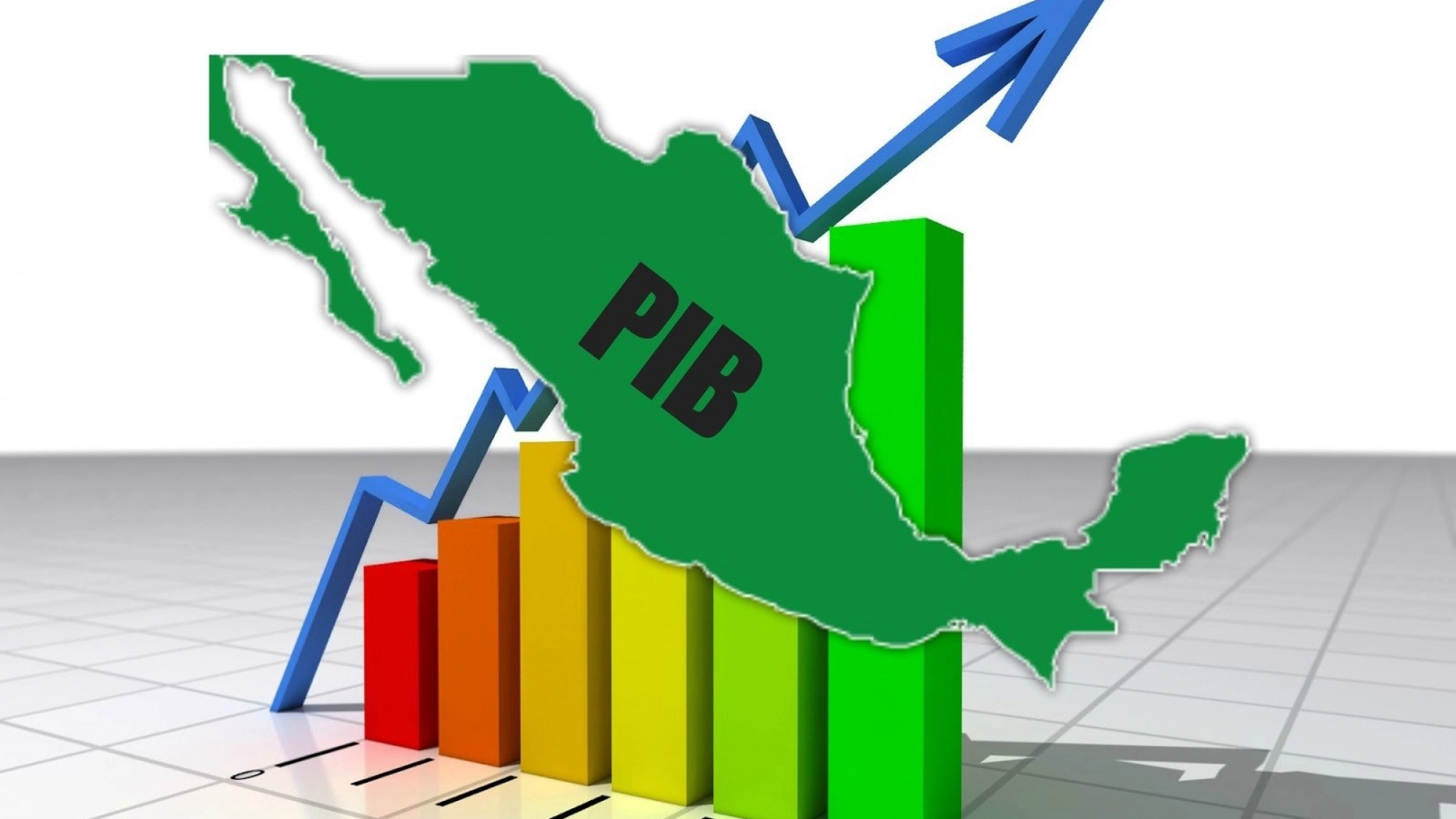







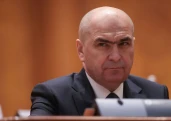



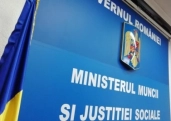


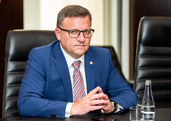



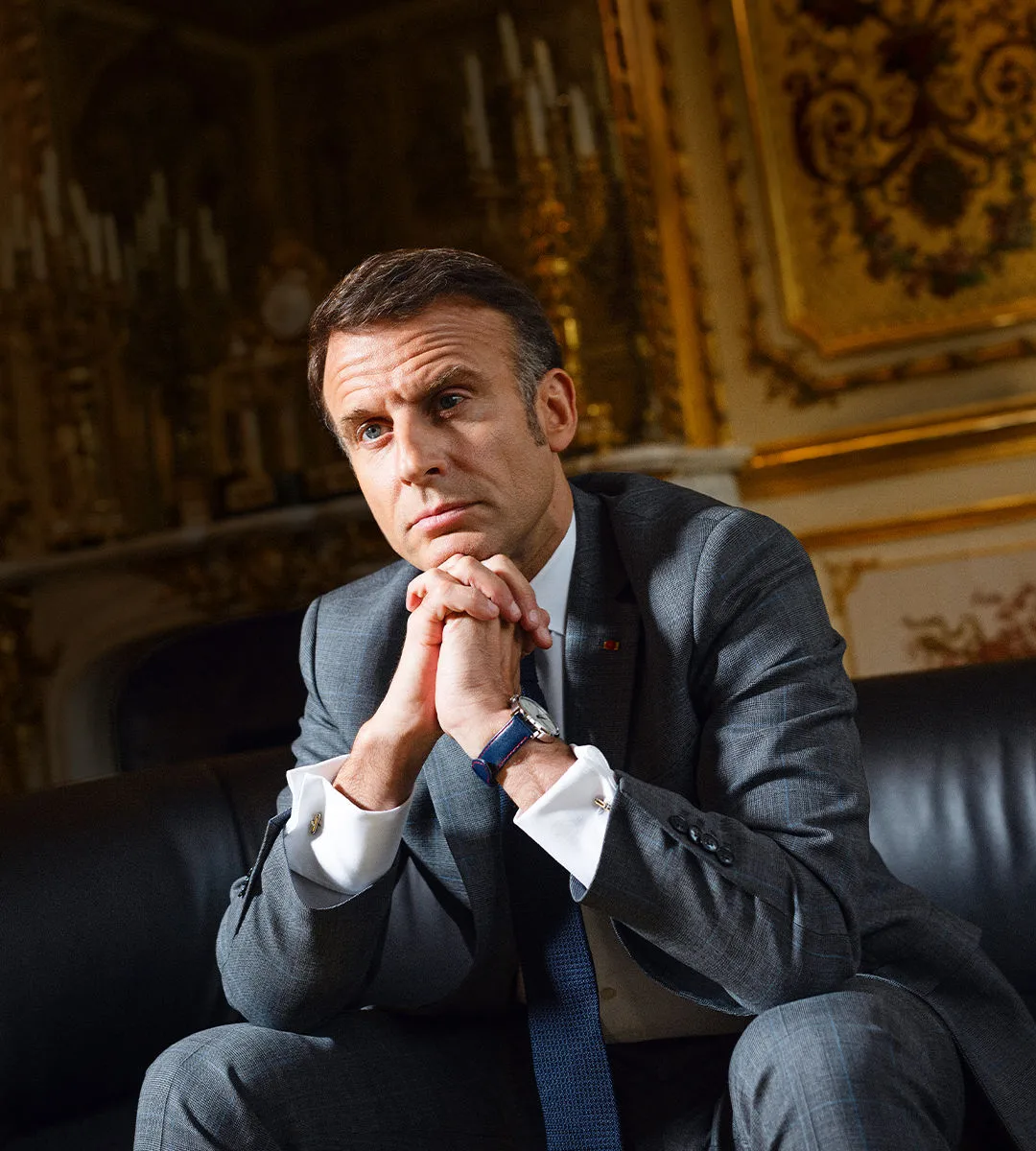










Comentează